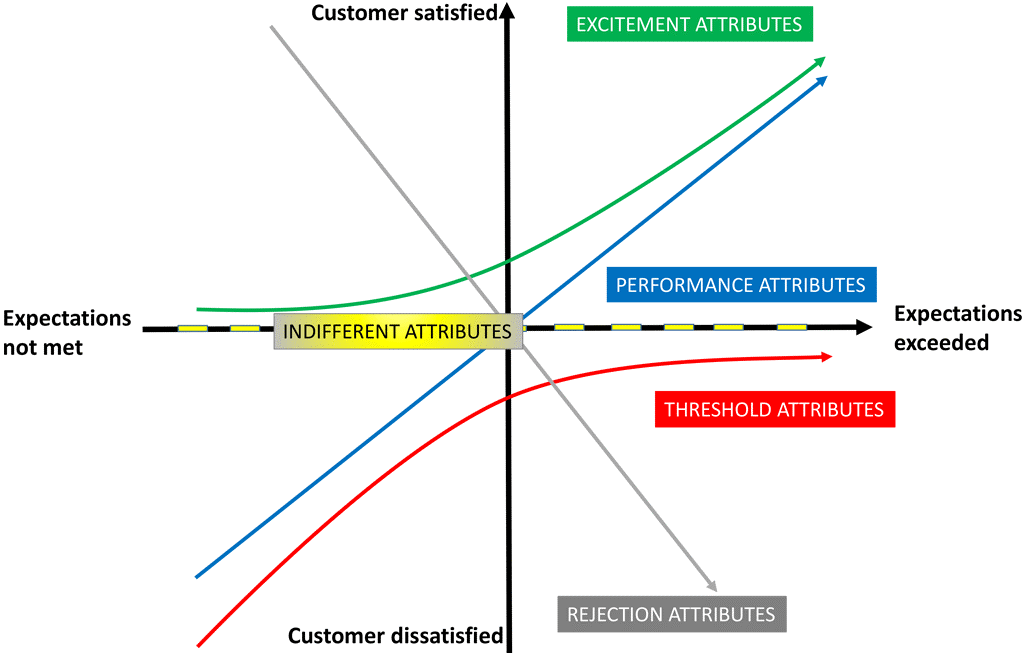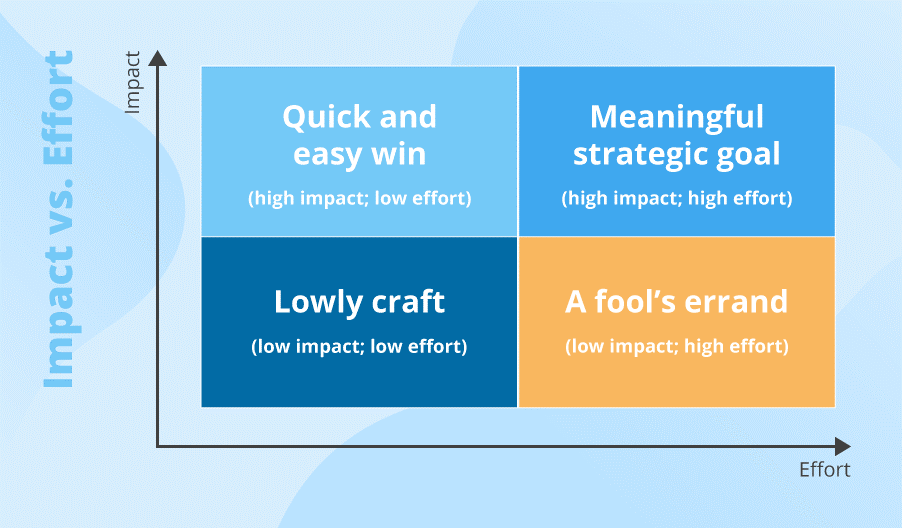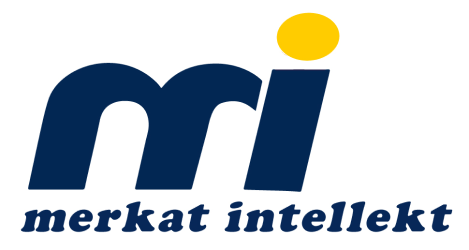When building an app, there are always a lot of features to consider. Some of these features are critical to the success of your product, while others are nice to have.
But how do you decide which ones to prioritize? How do you know if a feature is worth adding to your MVP?
In this article, we are going to share three ways to prioritize features in your MVP. These are based on real-world examples.
Benefits of Prioritizing Features in Your MVP
First, let’s remind ourselves of the business benefits of prioritizing.
- You can focus more time and energy on matters most for your business.
- It helps you build better products faster by focusing on only those things that matter.
- By doing this, you will not waste time and resources on unnecessary features.
Now, let’s look at some reasons why you should not prioritize certain features:
- If they don’t add value to users’ lives.
- They are too expensive to implement.
- The market doesn’t need them yet.
- There aren’t enough people using them right now.
- Users won’t pay money for them.
There are plenty of methods that help you determine what features to include in your MVP. But before we get into it, here are two questions to ask yourself:
1) What problem does my current solution solve?
2) Is there any way to make it even easier for someone else to solve this same problem?
MoSCoW Matrix Prioritization Technique
Dai Clegg developed the MoSCoW matrix technique in the rapid application development project he was a part of. The aim is to arrive at features that offer the most significant and most immediate benefits.
MoSCoW is an abbreviation for Must have, Should have, Could have and Won’t have features.
Here all the desired features are listed out along with their relative importance. Then each one gets tagged as either (M, S, C or W) according to its importance. This gives us our first step towards prioritizing features.
When time is not sufficient to complete all the features, the team will aim to finish the Must have and Should have features and leave out the Could have, and of course, the Won’t have parts. Even if this small set wasn’t completed on time, the team would focus only on the Must-have features.
Pros of MoSCoW prioritization
– It allows you to quickly identify what must be done before moving onto other priorities.
– You get to see clearly where your efforts lie.
Cons of MoSCoW prioritizations
If you’re working alone, then you may spend hours trying to figure out what can be left out without compromising the product’s functionality.
– This method also assumes that every single feature has equal weight. But often, some features are much harder than others to develop.
When to use MoSCoW prioritization
If you want to start with something simple but still effective, then go ahead and try MoSCoW. The MoSCoW technique is excellent for small and simple products that don’t have many features. However, if you plan to launch a complex app with lots of features, you may want to consider another approach like the following.
The Kano Model Prioritization Technique
The Kano Model is based on three types of features: foundational features that are a must-have (for example, clean rooms in a hotel); performance features, which are aimed at enhancing the experience (for example, a desk with a chair); and exciting features, which make the customer delighted that they want to talk about it (the same room overlooking the ocean).

Pros of the Kano Model
– You map the product features based on their utility to the customer. This makes marketing easier.
– You involve the customer in product development right from the beginning.
– Can be applied to any stage of the product lifecycle.
– Makes it easy to achieve product-market fit early in the project.
– Helps in setting a rock-solid roadmap.
Cons of the Kano Model
– Potential features need to be known well ahead of time.
– The analysis can be time-consuming, expensive and exhausting.
– Since it’s a user-centred approach, it’s easy to overlook essential features that the user did not consider.
When to use the Kano Model Prioritization Technique
This model works best for startups looking to build a new product rather than improving upon existing ones. Also, since most companies already know how their customers behave, this technique will help them better understand what features should be included in their product.
Effort and Impact Prioritization Technique
The effort and impact matrix is a 2D visual that helps teams understand how hard different features will be to implement and whether those features are worth implementing.
It works best when there are two dimensions – Efforts and Impacts. Each cell represents an individual feature. To fill up the cells, you should assign values to both Efforts and Impacts.

Here you evaluate each feature, whether it’s easy/hard to implement and offers low/high impact. You then map it on a 2D graph like the above. You can either do this manually or automate it using tools such as Trello.
Pros of Effort & Impact Matrix
– Allows you to prioritize features easily.
– Easy to visualize and share across stakeholders.
– An excellent way to communicate with customers.
– Easily understood by non-technical people.
Cons of Effort & Impact Matrices
– Requires more resources to create one.
– Not suitable for large projects.
When to use the Effort & Impact Prioritization Technique
This is an excellent method to identify low-hanging fruits in your feature set. Use this method when your team has limited resources and needs to choose between multiple features. It also works very well for smaller projects where you’re trying to decide between several ideas.
Summary
Feature prioritization is essential for every startup because you won’t have a chance to succeed without knowing what users want. There are many ways to do so, but these three methods are the easiest and fastest ways to get started. If you’re still struggling with deciding which features to include in your MVP, please reach out to us.

